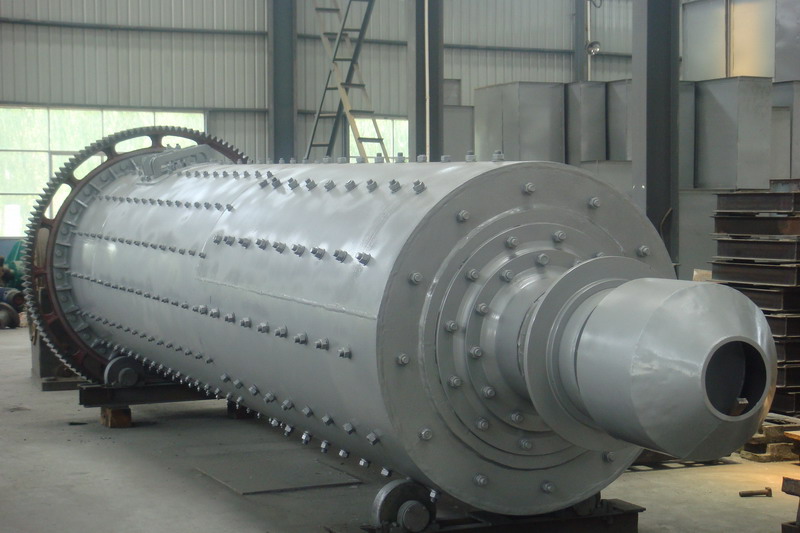How to Design a Ball Mill Foundation: A Comprehensive Guide
How to Design a Ball Mill Foundation: A Comprehensive Guide
Designing a proper foundation for a ball mill is one of the most critical aspects of grinding plant construction. A poorly designed foundation can lead to excessive vibration, premature wear, misalignment, and even catastrophic failure. This guide outlines the key considerations for engineers and project managers.
1. Understanding Loads and Forces
The first step is a thorough analysis of the dynamic and static loads. A ball mill’s foundation must support not only the immense weight of the mill itself, filled with grinding media and material, but also absorb the significant dynamic forces generated by the rotation and cascading of the charge. These forces include both vertical and horizontal components.

2. Soil Investigation and Geotechnical Analysis
Never underestimate the importance of a comprehensive geotechnical survey. The soil bearing capacity, settlement characteristics, and water table level must be precisely determined. The foundation should be designed to distribute the load over a sufficient area to prevent differential settlement, which is a primary cause of mill misalignment and gear mesh problems.
3. Foundation Design and Construction
The foundation block is typically a massive reinforced concrete structure. Key design elements include:
- Mass: The foundation’s mass should be 2.5 to 3 times the mass of the mill to provide adequate damping.
- Reinforcement: Heavy rebar is required to handle the tensile stresses and prevent cracking.
- Isolation: The mill foundation should be isolated from the surrounding building foundation to prevent vibration transmission.
- Anchor Bolts: Precise placement of high-strength anchor bolts is non-negotiable for securing the mill soleplate.
4. Considering Modern Alternatives
While ball mills are workhorses, their energy efficiency and footprint are often less than ideal. For many modern applications requiring fine and ultra-fine powders, advanced grinding technologies offer superior performance with a simpler installation process. For instance, our MW Ultrafine Grinding Mill is engineered for high efficiency and lower energy consumption. It boasts a capacity of 0.5-25 tph and can produce powder with a fineness between 325-2500 meshes. Its design eliminates rolling bearings and screws in the grinding chamber, drastically reducing maintenance concerns and the need for an ultra-heavy foundation designed for intense impact loads.

5. Alignment and Grouting
After the concrete has cured, the meticulous process of mill alignment begins. The soleplate must be perfectly level and aligned. This is followed by epoxy grouting, which fills the space between the soleplate and the foundation, ensuring 100% contact and providing tremendous compressive strength to transfer loads evenly into the concrete.
6. Final Considerations and Maintenance
Even with a perfect foundation, regular inspection is crucial. Monitor for any signs of cracking in the concrete or loosening of anchor bolts. For operations looking to expand or upgrade their grinding circuit without the daunting task of pouring a massive new foundation, technologies like the LUM Ultrafine Vertical Grinding Mill present an excellent alternative. With an input size of 0-10mm and capacity of 5-18 tph, its vertical design and integrated system result in a much smaller footprint and simpler foundation requirements, while its multi-head powder separating technology delivers precise, energy-efficient grinding.

In conclusion, a ball mill foundation is a complex but vital engineering feat. Proper design, based on accurate data and conservative engineering principles, ensures decades of stable and reliable operation. However, it’s always worth evaluating if newer milling technologies could achieve your production goals with a simpler, more cost-effective infrastructure investment.
